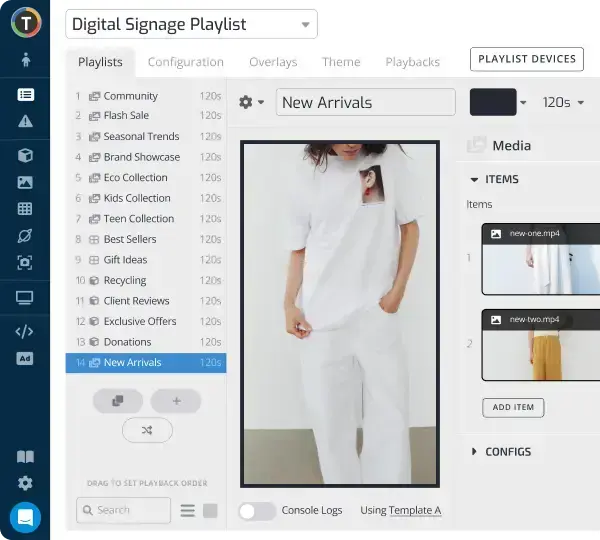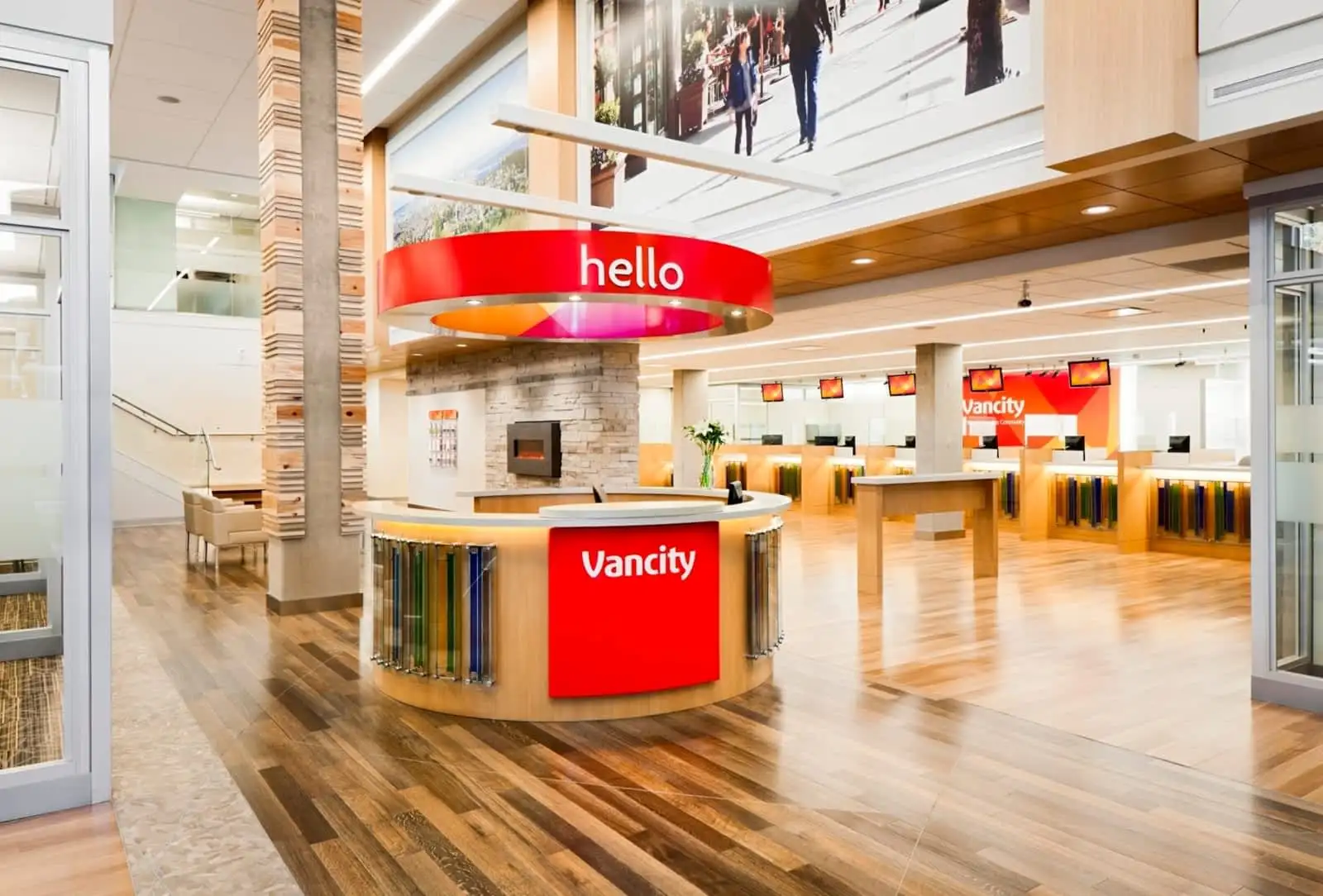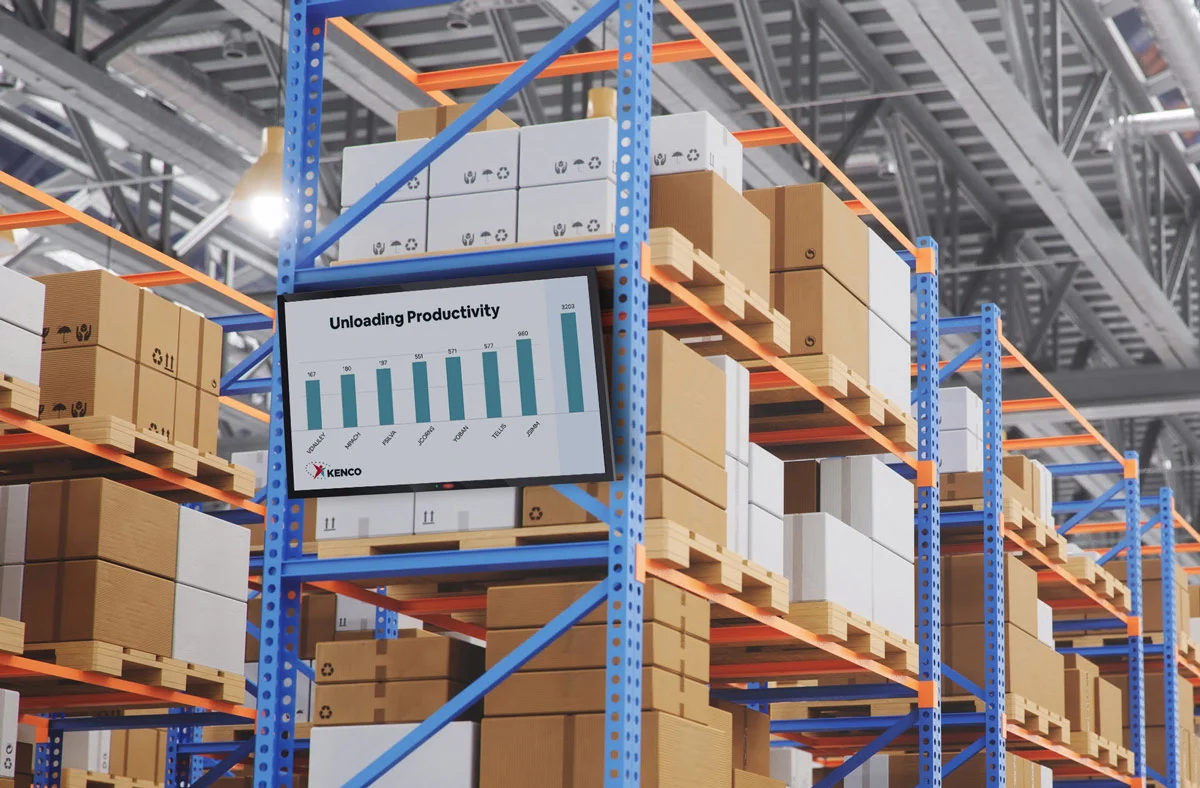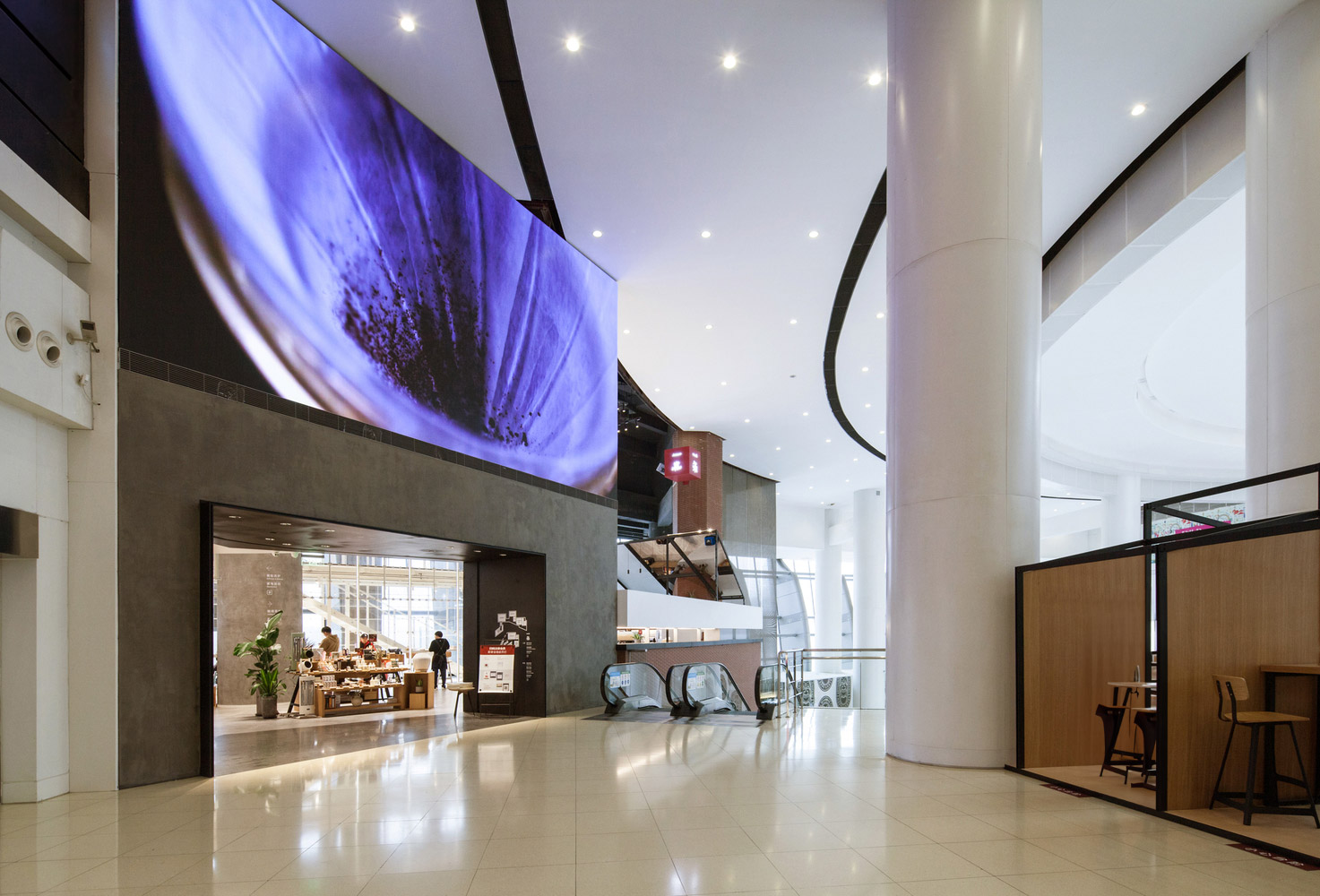A guide to reopening your workplace safely after a pandemic
WRITTEN BY: TelemetryTV, 08-16-2020
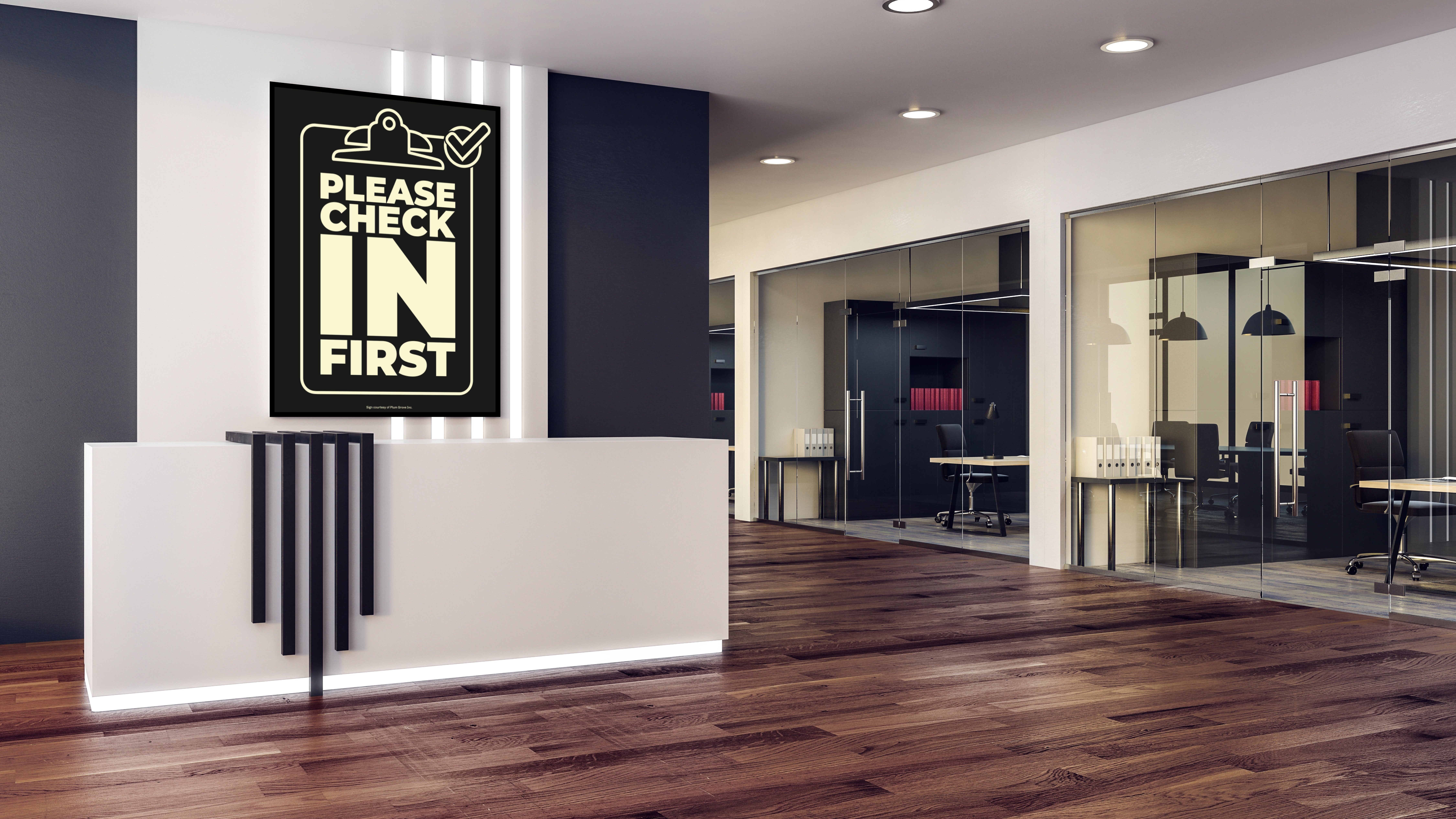
Preparedness is the key to reopening safely in the wake of the coronavirus pandemic. It’s crucial to know all the risk factors and how to address them effectively. Not only do regulations require it, but your customers, employees, and those closest to them will be much safer. This guide will provide everything you need to be aware of before reopening your doors to customers.
Create a plan for your reopening process
There are a lot of factors to consider, so let’s lay out the essential ones first.
When are you opening?
If the pandemic is still in full-swing in your area, following local guidelines will be paramount. Check with state or municipal government guidelines. If you cant find any specific to your region, stick to the CDC’s guidelines.
What products or services are available?
Does the nature of your offerings pose a threat by encouraging social gatherings? Could your products themselves potentially present a risk of infection? Put measures in place to limit the potential spread of infection. For example, commonly touched surfaces should be sanitized regularly throughout the day.
How will you limit the number of people in a space?
If you have seating at your place of business, be sure that chairs and tables are spread out at least six feet apart. Also, limiting the amount of people allowed in your building at a time will allow people to stand farther away from each other and adhere to social distancing rules.
How will you communicate with your in-office and remote teams?
Having internal communications software that does everything you need it to in order to collaborate effectively is an absolute must. Be sure that you have effective workplace communication in place that promotes social distancing.
What instructions do guests need when coming to your workplace?
Inform guests about how to stay safe and sanitary, whether that be letting them know about any changes to the layout of your facility due to social distancing rules, directing them to sanitize their hands once they enter, or any other instructions they might need.
Consider all the above questions and form a plan before reopening. Then, make sure your plan is publicly available. That way, any potential customers or clients who might have been on the fence about going to your place of business will see that you are following strict guidelines to protect them as best you can from the risk of infection.
Following physical safety guidelines
PPE (personal protective equipment) is a necessity for personnel in many industries. Knowing exactly which supplies you need and how many of each is essential. Likewise, you’ll need to train staff on all new policies for coping with COVID-19 while operating your business.
For more information if you haven’t already checked out the CDC’s coronavirus safety guidelines, have a look at the OSHA’s breakdown of case prevention tactics for businesses.
For remote teams, effective internal communications is key. If your team members can’t interact in person, the importance of having a platform that can do all of the functions they require can’t be overstated.
A perfect example of one of these tools is the TelemetryTV Desktop app for managing remote teams. It provides a comprehensive solution for remote collaboration so your team doesn’t have to fumble through multiple apps while collaborating and waste valuable time.
With tools like this, 40% of the current workforce is working remotely. This is a trend that isn’t going to change anytime soon, so investing in a great collaborative tool now if you don’t already have one is essential.
Developing content
Creating content that you will use for communication is an important part of the reopening process. The best tool to use is digital signage, which you can use for FREE as long as you have the screens (commercial screens are much better than consumer screens) and a media player.
When it comes to creating digital signage content, there’s a variety of free online tools you can and should take advantage of. Just make sure to adhere to digital signage best practices for content—namely, using calls to action, keeping legibility high using contrasting colors (60-30-10 rule applies), and keeping content concise and simple.
For effective workplace communication, digital signs can be placed in high traffic areas around your building or office. Then, employees will frequently see messages and reminders to follow COVID-19 prevention guidelines as well as stay focused on company or department goals.
Organizations that operate on a larger scale, such as healthcare facilities or schools, should implement coronavirus prevention related content on as many screens as possible, from lobbies and entranceways to hallways and waiting rooms.
Communicating with customers and staff

Keeping everyone on the same page is hugely important. If there are members of your team of workers in your building who aren’t up to par on the latest safety measures, they pose a problem to your entire prevention system.
Make sure they have access to your messages and can see and understand them clearly. Digital signs that they can see should include COVID-19 related content. Likewise, customers should be briefed on how to stay safe upon arrival and in various areas of your facility or store.
Ways that you can communicate with staff and customers other than digital signage or digital kiosks and internal communication software include: social media, email, your website or app, and even through text messaging.
Use Cases for Coronavirus Prevention Content

Reassuring customers and staff that you are working to keep them safe and sharing important info is something that should be ongoing at your place of business. Not only should you be using signage to draw attention to this, but all available ways to communicate as just mentioned above.
With that said, here are some things to address in your COVID-19 prevention content.
Room occupancy
Staff and customers should be aware of the occupancy of a room. Not only will this help to quell impatience in customers who don’t want to wait, it’ll keep everyone safer. It’ll also demonstrate your commitment to protecting your customers and staff to the best of your abilities and that their safety is always a top priority.
Communicate new policies

New rules or measures such as cleaning schedules, cashless payments, and new ways of handling materials should be made clear. This will build trust and comfort among weary customers.
Operating hours and conditions
If you’re only going to offer limited services or be open during certain hours that are shorter than usual, these changes should be made known to all. Also, if you are offering any new services, you should tell customers about them, of course.
Social distancing guidelines
All safety guidelines should be clear, namely social distancing and mask guidelines.
Important information before entering
Outline any conditions for entering your place of business before customers go inside. That way they’ll be ready and staff won’t have to instruct them.
Positive information
Remaining optimistic is important, especially in regard to how you address your customers. It’s okay to even add humor in your signs, as long as it’s considerate and in good taste.
Making changes to workflow and reducing touch points
Identifying and eliminating as many touchpoints as you can is a great way to reduce any potential spread. You can create a POP (person/object/person) diagram as described by Harvard Business Review to do it systematically.
In a nutshell, the idea is to remove contact points that aren’t completely necessary. Adding foot pedals to things like sanitizer dispensers and other shared supplies that are applicable is one solution. Your specific type of workplace will dictate what needs to be done to break the network that coronavirus thrives on.
Invite feedback
If any staff members or customers have suggestions for ways that you could potentially make your workplace safer, they can submit them through an online form. Let them know that you’re open to suggestions. That way they’ll feel more comfortable knowing that their concerns are being heard, and you might get some useful information in the process.
How digital signage can be applied across industries
Digital signage can be integrated into virtually any type of business. Anywhere that information needs to be relayed from one person to another, or broadcast to crowds, digital signs can be a major help.
Their attention-grabbing nature is just what’s needed to get through to today’s consumers. After all, this is the digital age where people pass over information faster than ever. Eye-catching is an absolute must.
That’s also why they’re perfect for helping to reduce the spread of COVID-19.
For example, in retail stores, they can be used to ensure that everyone knows the measures being taken, how they can protect themselves and others, and all the while be informed about sales, discounts, or events.

In hotels, guests can be greeted in the lobby with an overview of COVID-19 content, as well as wayfinding and informative content about the building, the area, and more.
At schools and universities, digital signage can be placed in hallways, places of gathering, and even in classrooms to notify students about coronavirus safety as well as being a tool for all types of announcements and info.

In hospitals and healthcare facilities, digital signs can be put in lobbies and entrances to make sure anyone who could potentially already be infected adheres to strict prevention guidelines. Visitors should also be extra diligent, so placing digital screens all around the facility is a good idea, including hallways, waiting areas, and reception desks.

Lastly, corporate communications can be greatly enhanced with digital signage. Paired with internal communications software, digital signs can be used for just about anything around the office, from real-time updates to notices to team communication.
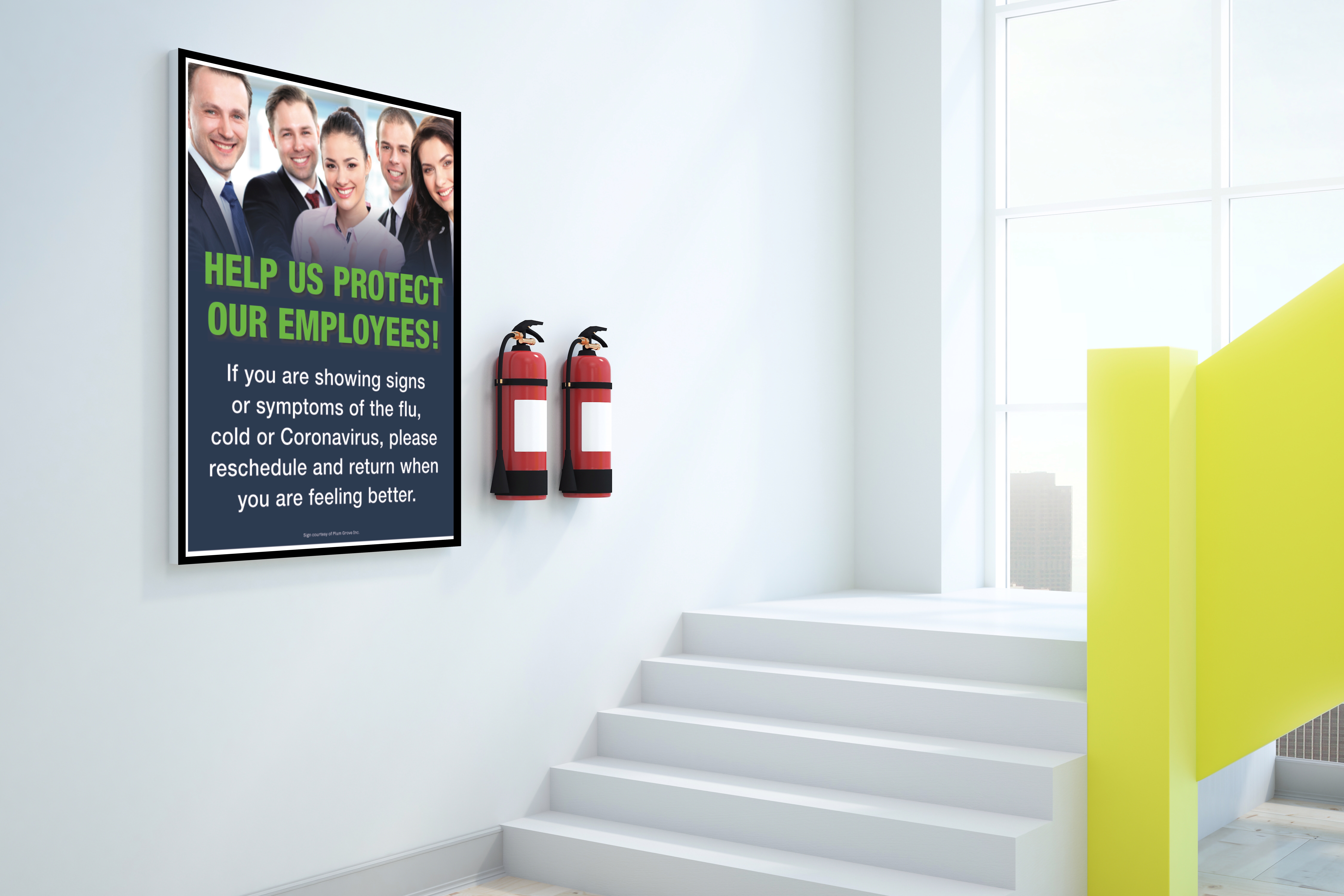
Getting started
Staying on top of things when it comes to COVID-19 can be a lot easier with digital signage and an excellent internal communication software like the TelemetryTV Desktop app. You can keep large numbers of people informed with one simple digital signage system while keeping all of your employees linked and in tune with the Desktop app.
With the right hardware and the right service provider, your customers and employees will be a whole lot safer when your business reopens. Sign up for TelemetryTV’s cloud-based digital signage solution now and get a totally free 14-day trial, no strings attached. With our help, you’ll be well-equipped to protect all of the occupants in your building or facility from coronavirus.
